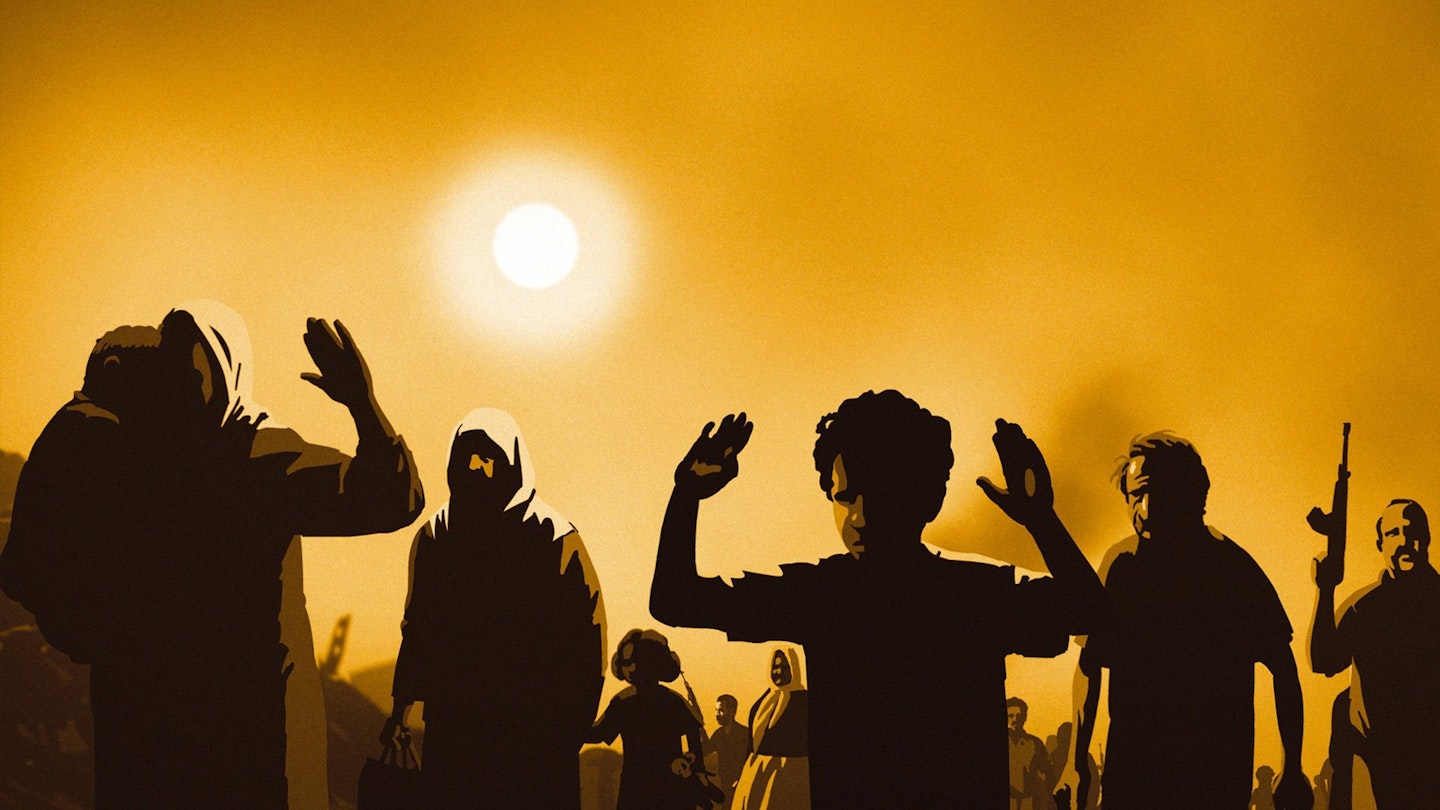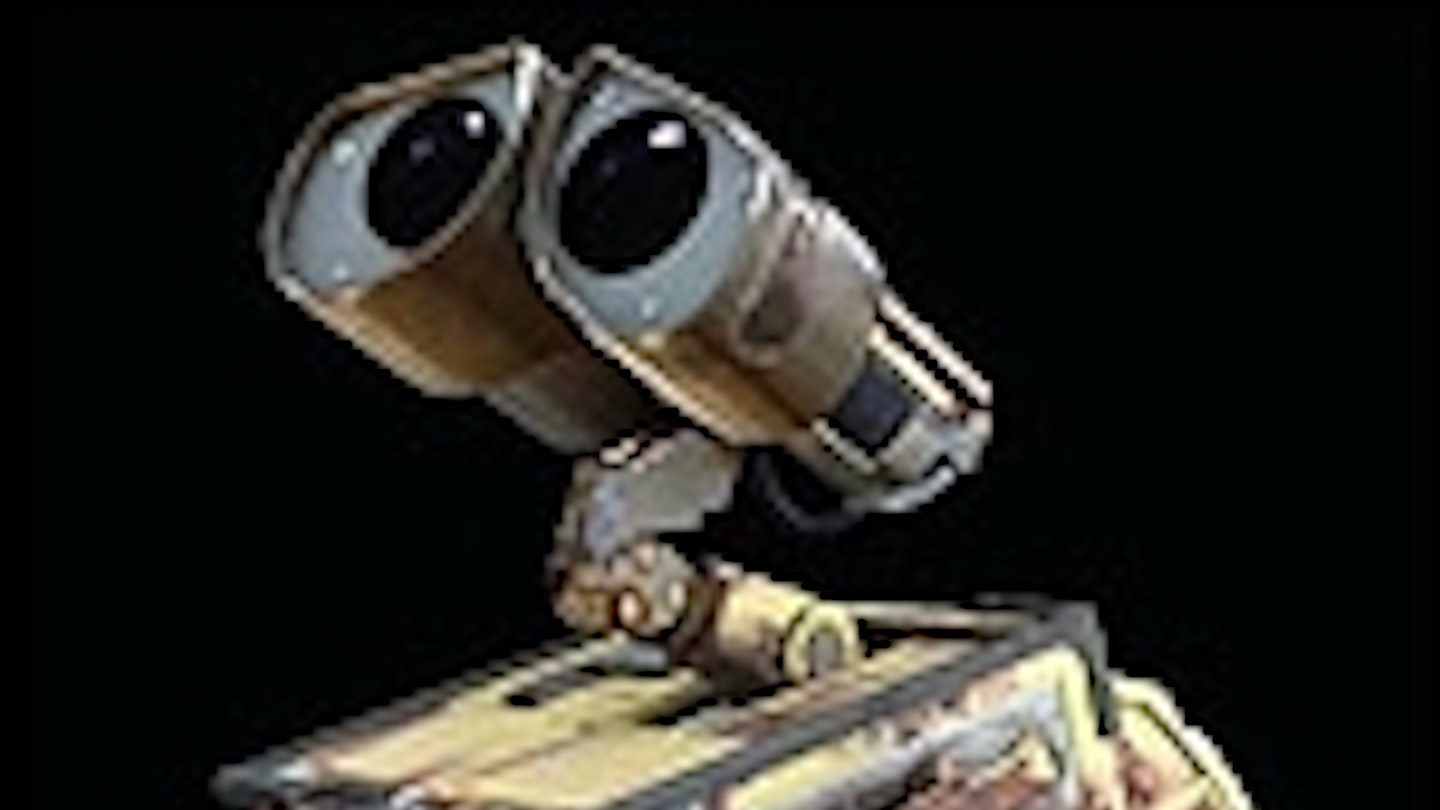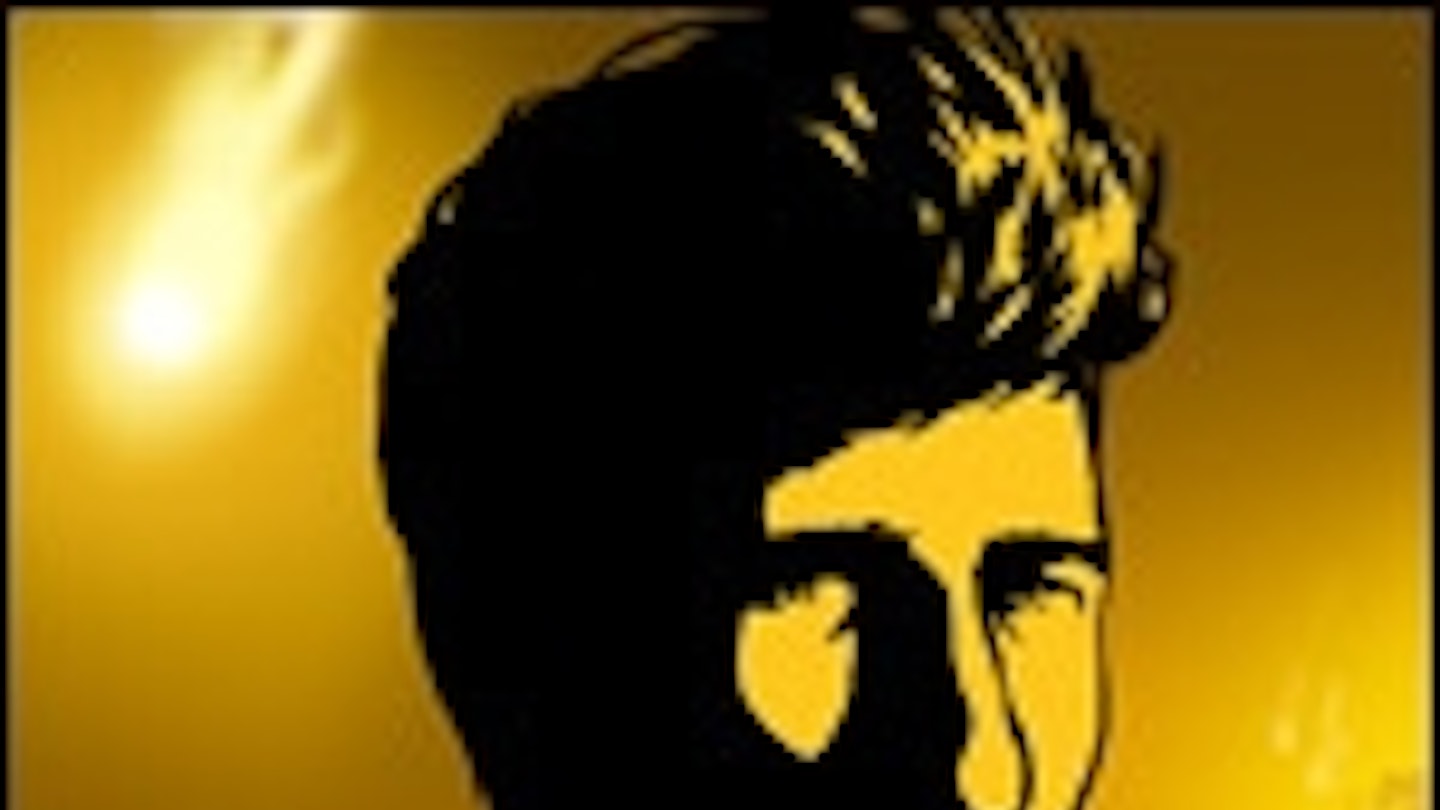War is hell. Movies from All Quiet On The Western Front to Platoon have told us this much, vividly and brutally. So to note that Waltz With Bashir concerns the impact of the First Lebanon War on young men with the Israeli Defense Forces (IDF) might lead you to wonder if the film has anything new to say. But Waltz With Bashir is nothing if not innovative.
It’s a personal film, playing out as a kind of mystery, sparked by a bad dream. No opening shots here of rolling tanks, belching fire from their flattened heads. No thrum of propellers or burnt foliage to shock and draw us in. Instead we have a pack of snarling, red-eyed dogs, pelting through a city under an oppressive, mustard-gas sky, knocking down street furniture while mothers clutch their children in fear. As opening gambits go, this isn’t just gripping: it throttles.
The source of this nightmare, dreamed by a friend of documentary-maker Ari Folman, is quickly revealed: during the war, this friend shot dead 26 Lebanese mutts to stop them warning their masters about the encroaching IDF. But this isn’t the mystery, and the friend isn’t the subject. Rather, the dream’s meaning precipitates a disquieting realisation for Folman: he doesn’t have bad dreams. He doesn’t even have memories of the war, even though he fought in it. During his walk home, he’s hit by a lucid vision of himself wading naked through the sea, when the sky is streaked with flares — eerily lighting Folman’s long, handsomely sad features. So begins a psychological spelunking expedition as, via the recollections of his comrades, Folman tentatively delves into the recesses of his subconcious to exhume a deep trauma.
It might smack a little of filmmaking as therapy, but Folman relates the stories of those he interviews back to his own journey with respect and care. And it’s important to emphasise such respect: when you’re dealing with sensitive truths, with stories of men being ordered to fire into darkness with no idea of why they’re doing it; of the ‘waltz’ of the title, danced by one IDF soldier while firing down a Beirut street, then animation hardly seems the most ‘respectful’ medium.
Yet the stark, high-contrast animation is the lifebreath of Folman’s film, appropriately moving the interviewees’ recollections away from the talking-head/archive-footage standard and towards something gorgeously graphical and soaringly inventive. Here we see warfare not just on the sensory level but also on the subconscious: recollection, fever-dream and immediate experience all at once.
Perhaps it’s not the most balanced approach. Folman could be accused of overlooking uncomfortable elements once the revelation occurs. Part of the reason, of course, is that war depersonalises, as his numbness attests. But, while he’s repainting reality, this is no whitewash: the IDF, with its dubious mission to “cleanse” Palestinian missile sites by invading Beirut and boosting the Lebanese Christians to power, isn’t let off lightly. In fact, it isn’t let off at all, and a tough decision to end with harrowing real-life footage rams this home.



